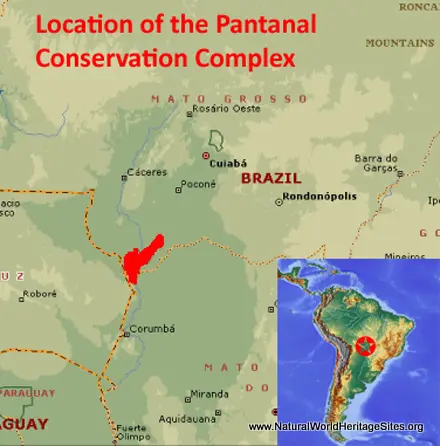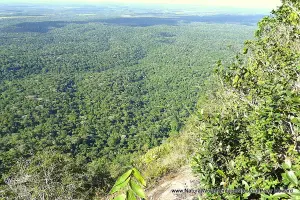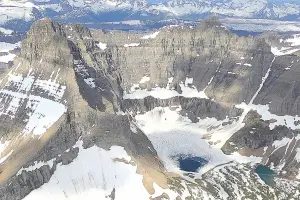EXPLORE BRAZIL’S PANTANAL CONSERVATION AREA with this slideshow, check the location map and get all the facts and information below.
For slideshow description see right or scroll down (mobile). Click to view slideshow
Location and Values: Brazil’s Pantanal Conservation Area protects a small part of one of the world’s most extensive freshwater wetlands. It includes four contiguous protected areas, namely the Pantanal Matogrossense National Park and three adjoining private reserves (Doroche, Acurizal and Penha). Although it covers only a small part of the Pantanal it includes the most spectacular and diverse area, where permanent waters, flooded savannas and the dry Amolar Mountains converge.
Conservation Status and Prospects. According to IUCN’s recent Conservation Outlook Assessment there is significant concern over the conservation status of this site. The IUCN report notes that ‘the site has a relatively effective management system. However, major current threats from sedimentation and pollution, and projected threats from harmful land use change, climate change and the construction of multiple dams upstream of the site are major issues that cannot be dealt with at a site level. The natural hydrological regime of the site has already been destabilized and further land use change and hydropower development upstream will alter natural phenomena even more.’
Links:
Google Earth
Official UNESCO Site Details
IUCN Conservation Outlook
UNEP-WCMC Site Description
Slideshow description
Slideshow Description: The photos in this slideshow are intended to ‘tell the story’ of Brazil’s Pantanal Conservation Area, showing its waterways, flooded savannas and extraordinary biological wealth as well as its people, and some of the conservation threats it faces. It includes recent photographs from a visit to areas along the Transpantaneira road, which provides the only road access into the interior of the (northern) Pantanal. This area is formally designated as a ‘buffer zone’ for the world heritage site, rather than its core area, but provides an opportunity to experience the landscapes and wildlife of the area. The slideshow includes photos of many of the area’s typical wildlife, including the ubiquitous spectacled caiman and capybara (a kind of giant rodent), rich birdlife and more unusual birds and mammals including globally threatened species such as the jaguar, giant anteater, giant otter, marsh deer and hyacinth macaw. This page of the website is still under development and a more detailed description of the various aspects of the site which are illustrated in the slideshow will be included in due course – so please come back again soon!
Factfile
Website Category: Lakes, Freshwater Wetlands & Glaciers
Area: 1,878 km2
Inscribed: 2000
Criteria:
- Outstanding natural beauty (vii);
- Ecological processes (ix);
- Natural habitat for biodiversity (x);
- Significant number of rare, endemic and/or endangered species (x)





